
views
Identifying Octaves on the Same String

Play an open E on the 6th string. Go to your 6th string, the lowest, thickest string on your guitar, and pluck it without putting any fingers on the frets. That note (assuming your guitar is in tune) is an E.
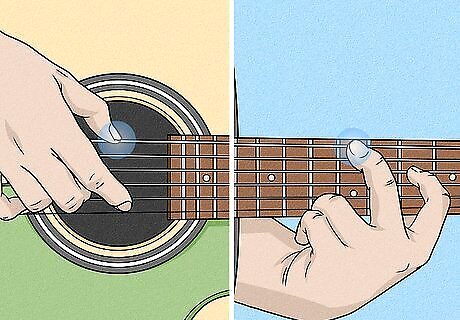
Fret the sixth string at the 12th fret to play an E one octave higher. The fret closest to the nut on your guitar is the 1st fret, with the numbers going up the higher up the neck of your guitar you go. Count up to the 12th fret and place your finger just below it to fret the string, then pluck it. The note you're playing is also an E, one octave higher than the E you played on the open string. Alternate back and forth between the octaves by lifting your finger from the fret and plucking the open string, then placing your finger back down. If you listen, you can tell that they're both the same note — one is simply higher than the other.
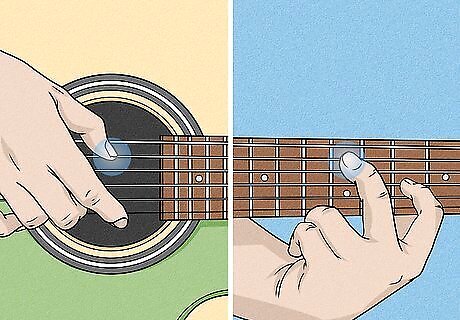
Repeat the process with each of the other strings. For every open string, the note you play when you fret that string at the 12th fret is the same as the note you play when you play the open string — it's just one octave higher. Once you've learned this trick with the thickest string, try it with each of the others.
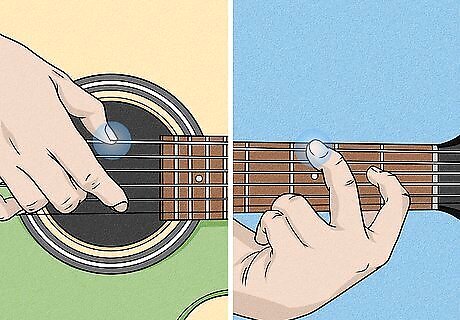
Use the same interval to find fretted notes on the same string. The interval that works to find the octave note for the open string works for fretted notes as well. Simply move down 12 frets on the same string to find the next higher octave note. For example, you'll find a G on the 3rd fret of the 6th string. There's also a G, one octave higher, on the 15th fret of the 6th string. This trick won't work for notes that are fretted higher up the string, because you'll eventually run out of frets. However, it works to find octave notes on the same string if the original note is fretted on the 1st, 2nd, or 3rd fret.
Spotting Octaves on Different Strings
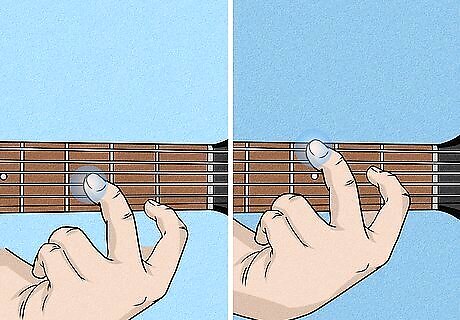
Find notes 2 octaves higher or lower on the 1st and 6th strings. Since your 6th string (the thickest, lowest string) and your 1st string (the thinnest, highest string) are both tuned to E, they both have the same notes. However, the note on the 1st string is 2 octaves higher than the same note on the 6th string. For example, if you strum the open strings, the E on the 1st string is 2 octaves higher than the E on the 6th string. Similarly, the 3rd fret on the 6th string and the 3rd fret on the 1st string both produce the G note, with the note on the 1st string being 2 octaves higher than the note on the 6th string.
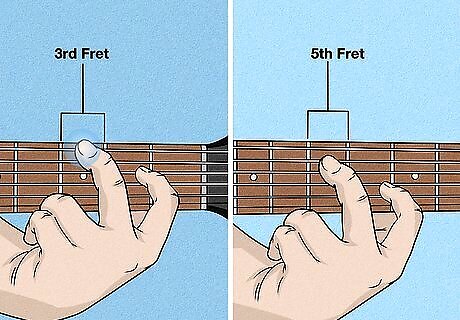
Move up 2 strings and 2 frets from the 5th or 6th string. For any note you produce on the 5th or 6th string, you can find the same note 1 octave higher by moving up 2 strings and then 2 frets. You may find it easier to move your finger up 2 frets first, then move over 2 strings. Either way gets you to the same place. For example, if you fret the 5th string at the 3rd fret, you're playing a C. Move up 2 frets to the 1st fret and over 2 strings to the 2nd string. That note is also a C, one octave higher.

Go up 3 frets to find the higher octave starting on the 3rd or 4th string. To find the next highest octave on the 3rd and 4th strings, do the same thing you did with the 5th and 6th strings, moving up 2 strings. However, instead of moving up 2 frets, you'll move up 3 frets. For example, if you fret the 3rd string at the 4th fret, you're playing a B. Move over 2 strings to the 6th string, then up 3 frets. If you fret the 6th string at the 7th fret, that's also a B, one octave higher.
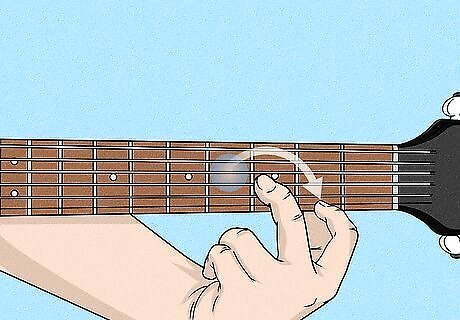
Reverse the pattern to find lower octaves. To find lower octaves, use the same pattern on the 1st and 2nd strings that you used to go up an octave on the 3rd and 4th strings, going down 2 strings and 3 frets. To find the lower octave for notes on the 3rd and 4th strings, go down 2 strings and 2 frets. For example, if you fret the 1st string on the 3rd fret, you're playing a G. Move down 2 strings to the 4th string. That open string is a G, one octave lower than the G you played on the 3rd fret of the 6th string. Similarly, if you fret the 4th string on the 5th fret, you're playing a G. Move down 2 strings to the 6th string, then down 2 frets to the 3rd fret. There's another G, one octave lower.
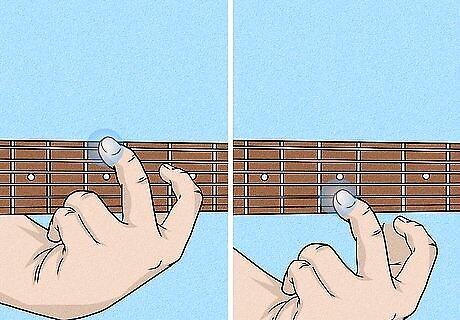
Use the same patterns to find all the other octave notes. Once you know the octave pattern, you can move all over the fretboard finding all the different octaves of the same note. Start on the 6th string and move across to the 2nd string, then work your way back. Eventually, you'll find all the places on the fretboard where that note appears. If you keep playing around with the octave patterns, you can teach yourself where all the notes are on your fretboard. This will not only make you feel much more at home with your instrument but also make it that much easier to learn new chords.













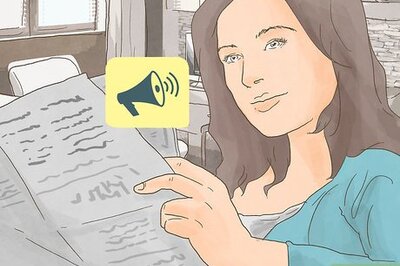
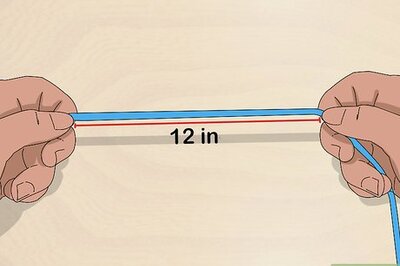





Comments
0 comment